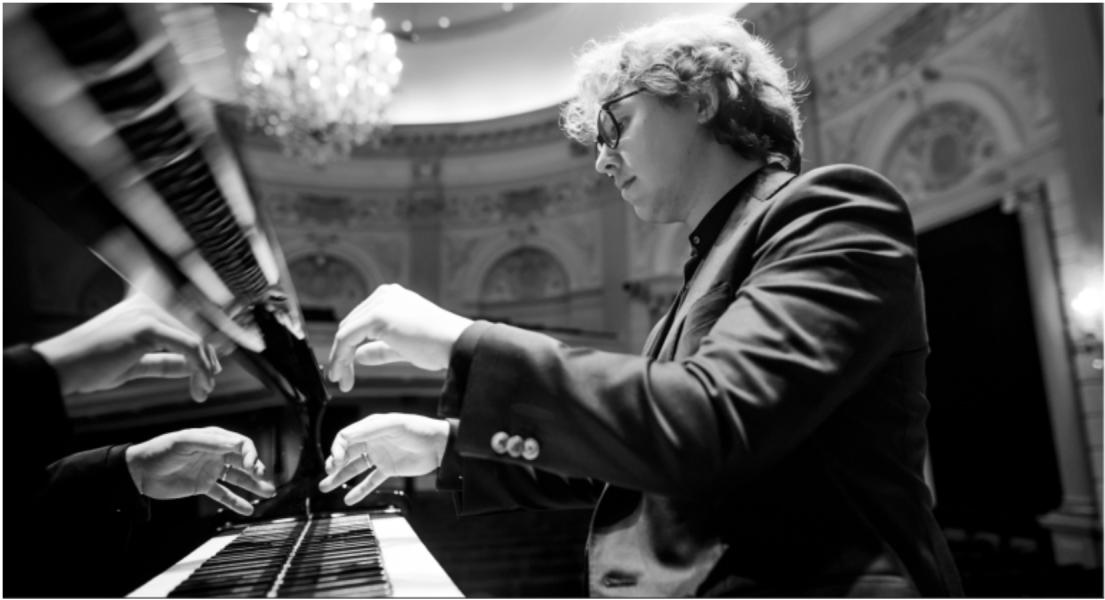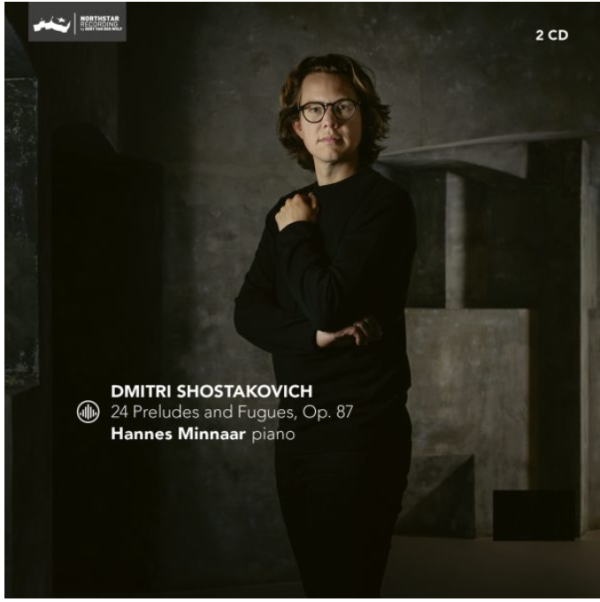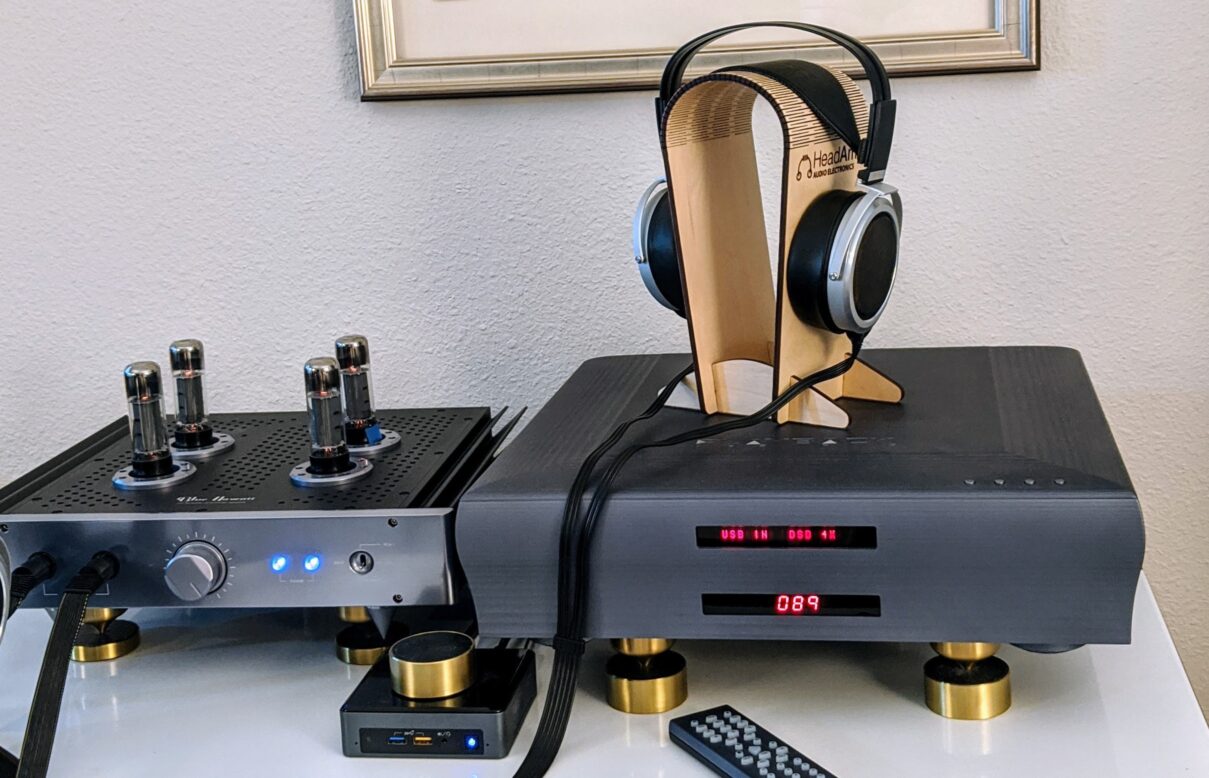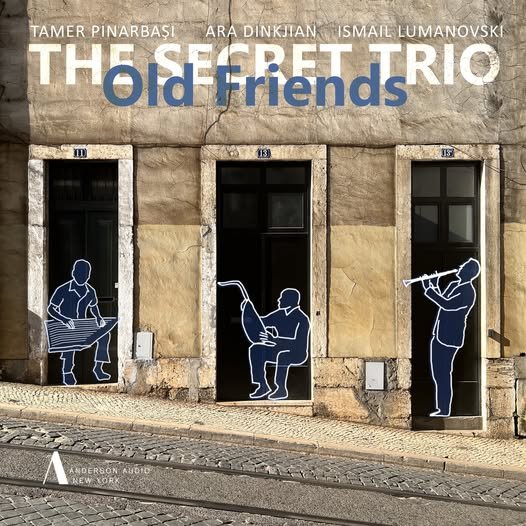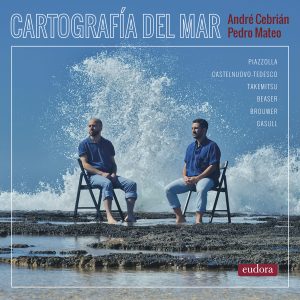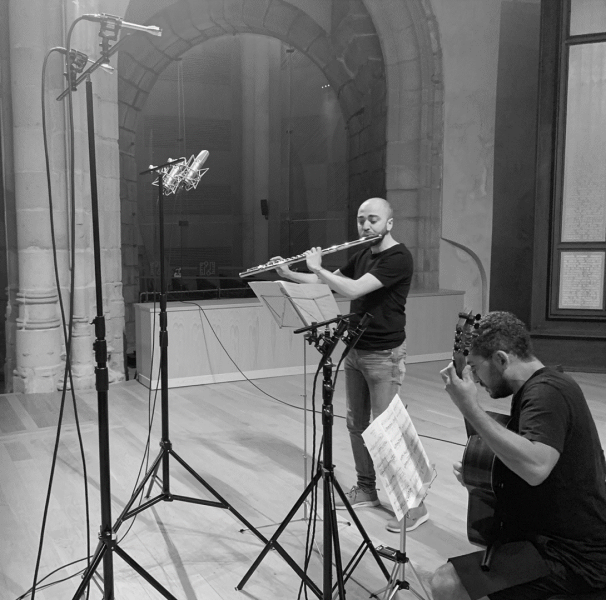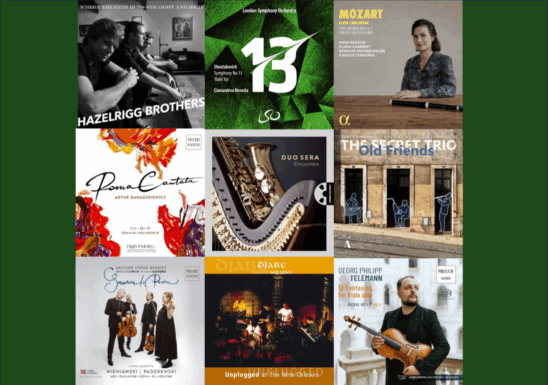My point is if you get the same quality level with DSD64 recordings modulated to DSD256 as you get with DSD256 recordings, why then do DSD256 recordings at all? You would need much less storage with DSD64 recordings than with DSD256 recordings for example and there might be other economic benefits for DSD64 recordings.
What does Tom Caulfield think about this point? I am curious

Hi Matthias, thanks for the opportunity to comment on your question. The short answer is no, you do not get the same quality for the reasons outlined below. I performed the DSD direct mix to stereo individually for each of the DSD deliverable rates from the 16 DSD64 tracking channels, for that was what was available. The source for this project is COBRA's 25 Anniversary album Volume 1, which were Tom Peeters earliest DSD recorded projects.
For clarity, DSD (or more accurately 1-bit level PDM - Pulse Density Modulation) is a storage/retrieval format originated as an archival medium for preserving earlier analog recordings by Sony. Unlike PCM, there are no digital values represented in its bitsteam, so it can not be directly processed in a digital computer. It's a digital bit based translation through modulation of a carrier from an analog signal (analog to digital conversion), and can in its raw form only be stored and retrieved in a digital computer.
All DSD recordings are the product of modulating a square wave shaped carrier (called bit clock) with audio, just like radio uses a sine wave shaped carrier modulated by audio. It's the same principle, but a different implementation process. Unlike PCM, which are discontinuous discrete stand alone binary digital word measured value samples (like frames in movie film), DSD is continuous like analog, since the carrier is continuous. The resolution, or degree of contentiousness of the contained audio is determined by the carrier frequency. Ergo, a DSD256 bitstream has four times the information stored or represented than in DSD64, since there are four times more conversion intervals per unit of time.
An unrelated to resolution difference from DSD64 to DSD256 is that since the carrier base frequency is four times greater (2.82MHz for DSD64; 11.28MHz for DSD256), the spectral harmonics are shifted four times higher in the frequency spectrum. The spectral shape of a square wave is the same regardless of its base frequency. The spectrum plot of a square wave is Gausian like shaped, with the highest energy at the base frequency of the square wave, and with both the higher and lower frequency harmonics falling rapidly off on both sides. It's the sub harmonics that interest us, since they can intersect and interact with the audio band upper harmonics.
With DSD64, the carrier sub harmonics are down about -100dB at 20KHz (reference 0dB), depending on the quality of the modulator. At 100KHz, they're down to about -50dB, or about the same noise level of tape, which is throughout its audio frequency bandwidth. Additionally, the carrier harmonics (sometimes characterized as noise) are uncorrelated with the modulating audio, and therefore sound (if it were possible to hear -100db at 20KHz noise) like random noise. DSD256 on the other hand, has all those frequency numbers shifted up four times; -100dB at 80KHz etc. Obviously, since none of that uncorrelated "noise" is perceivable, DAC designers used that fact to implement more gaussian/gentler shaped reconstruction filters, with much improved phase distortions playing DSD256, or higher.
Matthias, I apologize for the long winded reply. DSD is a much misunderstood format, usually conflated with PCM with folks trying to understand it. They're completely different digitization processes, with different results. PCM is processible in a digital computer, since it's digital word value based, and has many many tools available to produce recordings. DSD is an archival format with no digital values in its 1-bit incarnation, only digital computer processable through remodulation, and virtually no professional tools available for processing. It's also a product of carrier modulation versus sequential discrete sample measurements.
DSD does have a significant quality factor in its favorability. With the exception of Reference Recordings Keith Johnson's 176KHz 24 bit PCM recordings employing the Pacific Microsonics A/D converter he designed, ALL recordings produced in the last two decades use sigma-delta modulator front ended A/D converters to track/record. All these sigma-delta modulator converters produce multi level (6 level in Pro equipment) Pulse Density Modulation bit streams, which are then converted on the chip or associated processor in real time to either 1-bit level DSD, or PCM. This is hardly an issue with customer appreciation/demand for the vast majority of recordings produced, except for acoustic recordings rich in low level harmonics, real ambiance cues, and real dynamic range with a discerning audio quality customer base.
The inescapable fact is all conversions are lossy to some degree. DSD tracked recordings, post processed in DSD, have fewer conversions (just one remodulation in the process of multiple source channels mixed to the deliverable number of playback channels for the simplest recording projects), and are therefore closer to the origin sound detected by the microphones.
Thanks for reading!
Tom



